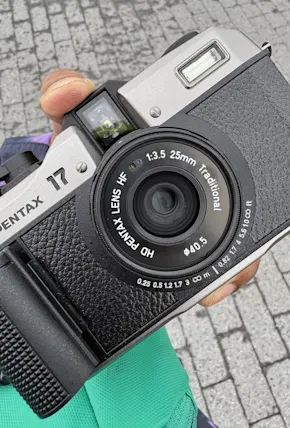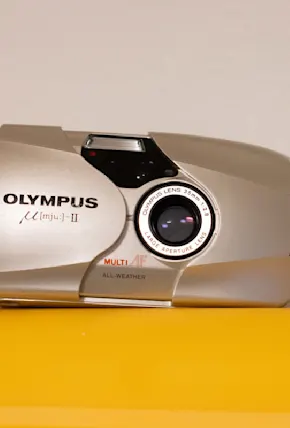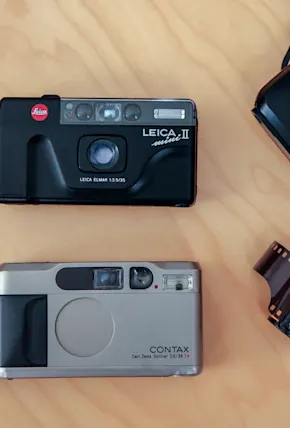Analog photography today is alive and well, though the best film cameras most photographers favor have long been discontinued. From the professional shooters to hobbyists and family photographers, film photography is a medium that caters to the young, old, beginner, and expert alike. (And increasingly, celebrities, too.)
It’s true, the world of film cameras is vast and can be intimidating, if not confusing. And everyone has an opinion on what makes the best film camera—when one person loves something about a camera, another hates it.
Yet a handful of film cameras rise above the rest, universally loved, and lusted after. This best cameras list includes 35mm and medium format film cameras (check out our best point and shoot film cameras list, too) and dives into these iconic cameras, plus others chosen based on decades of shared professional experience between myself and the Field Mag community of professional photographers. Scroll down to get to the good stuff. Or keep reading for more on why film photography is still relevant today as it was in pre-digital times.
Field Mag's Picks for the Best Film Cameras
-
Most Dependable
Canon AE-01 -
Best for Beginners
Pentax K-1000 -
Best Entry-Level Automatic
Minolta X-700 -
Best Automatic Rangefinder
Contax G2 -
Best Leica
Leica M6 -
Best Advanced SLR
Nikon F100 -
Best for Underwater
Nikonos V -
Best for Action Photography
Canon EOS-03 -
Best Entry-Level Medium Format
Pentax 645 -
Best Compact Medium Format
Fujifilm GA645 -
Best Highly-Specific Medium Format
Hasselblad Xpan
Why You Should Try Film Photography
Modern digital cameras are beasts—so powerful that not only is the cost of equipment overwhelming, but the learning curve is too. The best film cameras on the other hand are paired back and easy to use, or at least intuitive. Part of why I think film continues to gain popularity is that a beginner photographer with a single roll of film, so long as they understand basic principles of exposure and composition, can take a great photo with a basic film SLR or point and shoot camera without needing Photoshop, Lightroom, or even a computer.
Plus, the pace of shooting film can help slow you down. From being super selective with your 36 or 16 frames to waiting a few days or weeks to get your film developed. It’s a lesson in patience and managed expectations taught over and over again.


















